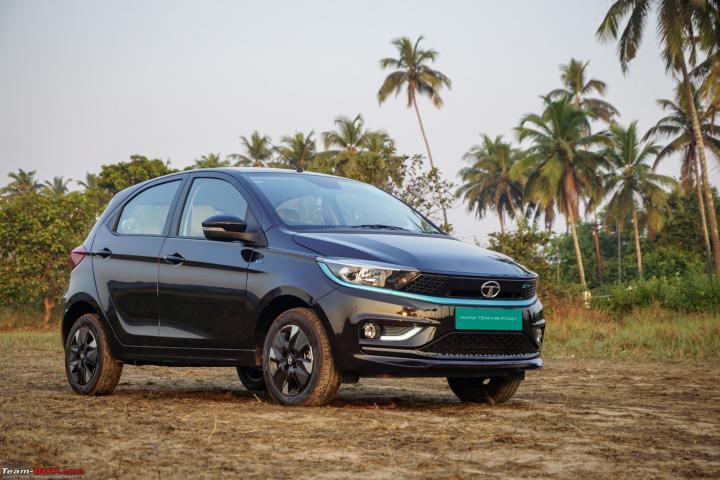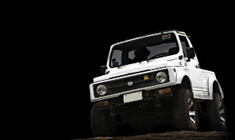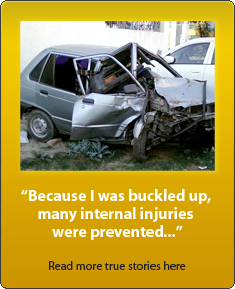News
Used my Tiago EV extensively for highway trips: 3 lessons learnt
With the current infrastructure of 25 and 30 Kw chargers, no matter how hard you optimise your trips, your charging time will always be greater than your break time.
BHPian nithiraj recently shared this with other enthusiasts.
As a first time EV owner, I always had the doubt of time gained during a Highway trip by speeding up versus time gained by charging less. I regularly take one trip from Madurai to Karaikal every week, which is about 275 KM one way. Out of the 275 km, about 185 km is on a 4-way NH and the remaining 90 Km is on a 2 lane State Highway. I am usually a relaxed driver and rarely cross 100 KMPH on the 4-way highway. In fact, the roads here are good enough for me to maintain a cruise control set speed of 95 KMPH most of the time. I did 3 trips to find out which strategy is better. (For the sake of uniformity, I am just considering the onward trip - Madurai to Karaikal)
Trip 1
Vehicle: Suzuki XL6 Petrol AT (4 Speed)
Set 95 kmph cruise control for most of my first 185 kms and did a relaxing 50-70 kmph speed for the remaining 90 KM
- Total Trip Time: 4hr 55 mins
- Coffee Break: 10 min
- Effective Travel Time: 4hr 45m
Trip 2
Vehicle: Tata Tiago EV LR
Being XT trim, My Tiago EV does not have cruise control. So maintained a speed of 90 to 95 kmph for the first 185 kms and a similar relaxing 50-70 kmph for the remaining 90 KM. I got an average of 130 Km/Wh and hence had to make 2 charging stops. One on the outskirts of Trichy and the other in Tanjore. Started the Trip with 100 % charge and ended the trip with 20% Charge. So charging time was well optimised and I don’t think I could have reduced the charging time. I toped up 60% charge in total.
- Total Trip Time: 5hr 44m
- Charging time: 54m (40 + 14)
- Effective Travel Time: 4hr 50m
Trip 3:
Vehicle: Tata Tiago EV LR
This time around maintained a speed of 75 to 80 kmph for the first 185 km and a strict 50-60 kmph for the next 90 km. The average electricity consumption was a remarkable 105 Km/Wh. This enabled me to skip one charging break and just did one charging in the outskirts of Trichy. In this trip too I started with 100% and Ended up with 21%. I topped up 38% in total.
- Total Trip Time: 5hr 32 mins
- Charging Time: 36 mins
- Effective Travel Time: 4hr 56m
Inference 1:
Time gained by speeding up is always sacrificed by charging the vehicle for more time. The efficiency of the vehicle (Km/Wh) takes a significant hit and with the current charging speeds (18 Kw/hr for Tiago EV) it is very easy to lose time.
Inference 2:
If I had a vehicle with a better range (Read Nexon EV LR) I could have easily made the trip without a charging stop and in the same time as my ICE vehicle. This is true because of my already relaxed driving style. Had I wanted to push the vehicle to 110Kmph or more even the Nexon EV would have needed a charging stop.
Inference 3:
With the current infrastructure of 25 and 30 Kw chargers, No matter how hard you optimise your trips, your charging time will always be greater than your break time. The only way the mass is going to enjoy EVs without a compromise is to increase charging speeds – Both Vehicle side and Charger side. Only if we can top up 100 km worth of charge in 10 mins, everyone is going to enjoy EVs on the highways with out complaining.
I am sure such a future is not far away until then I love my first EV – ”Tedha hai par mera hai”
Read BHPian comments for more insights and information.


















